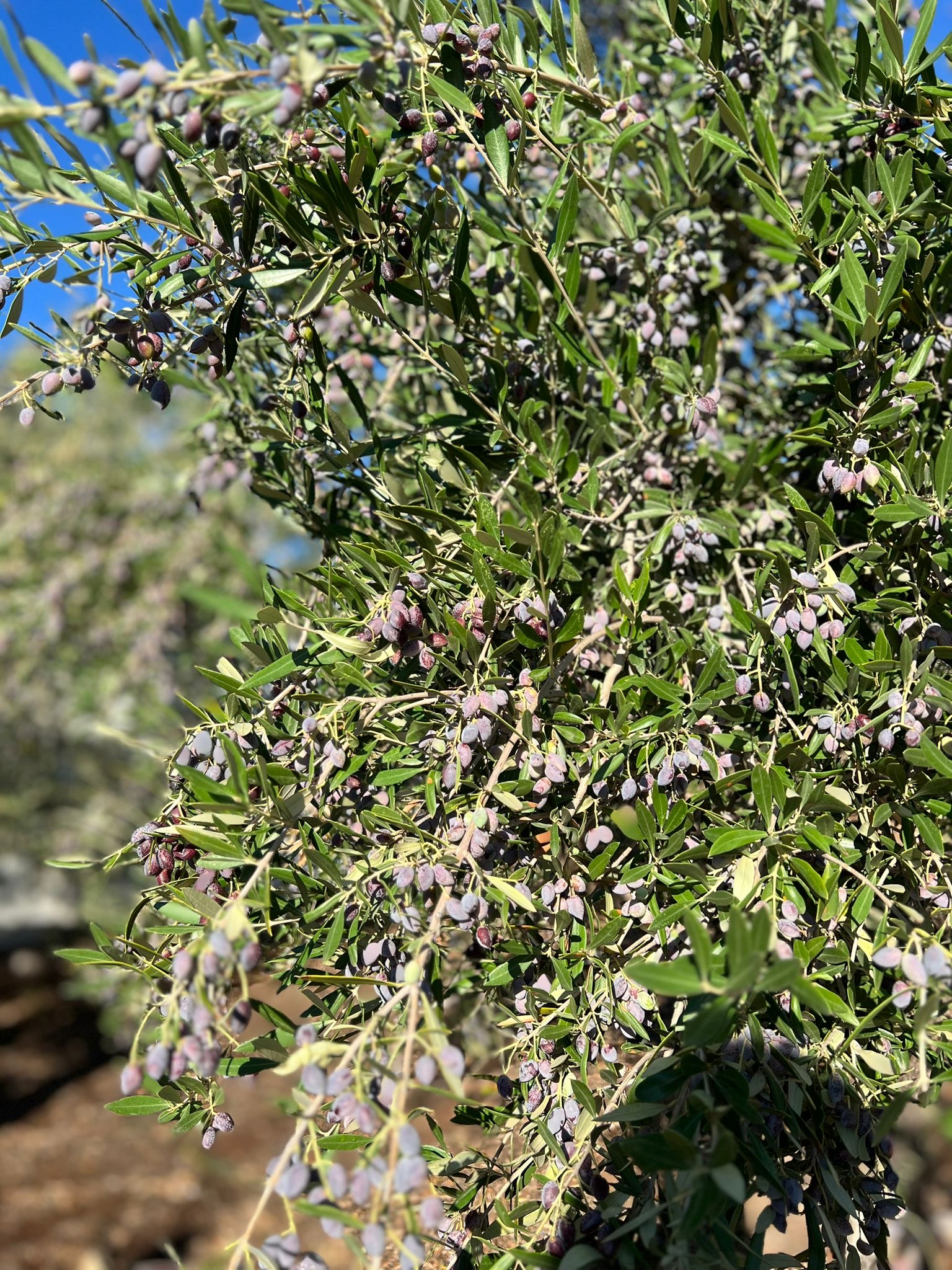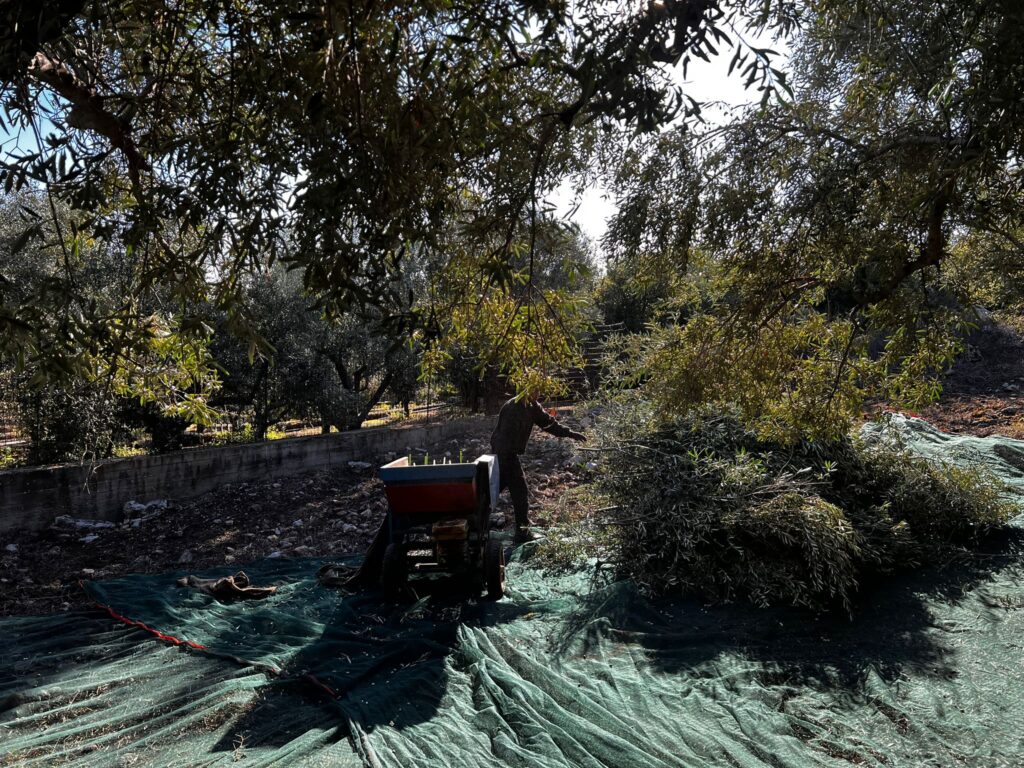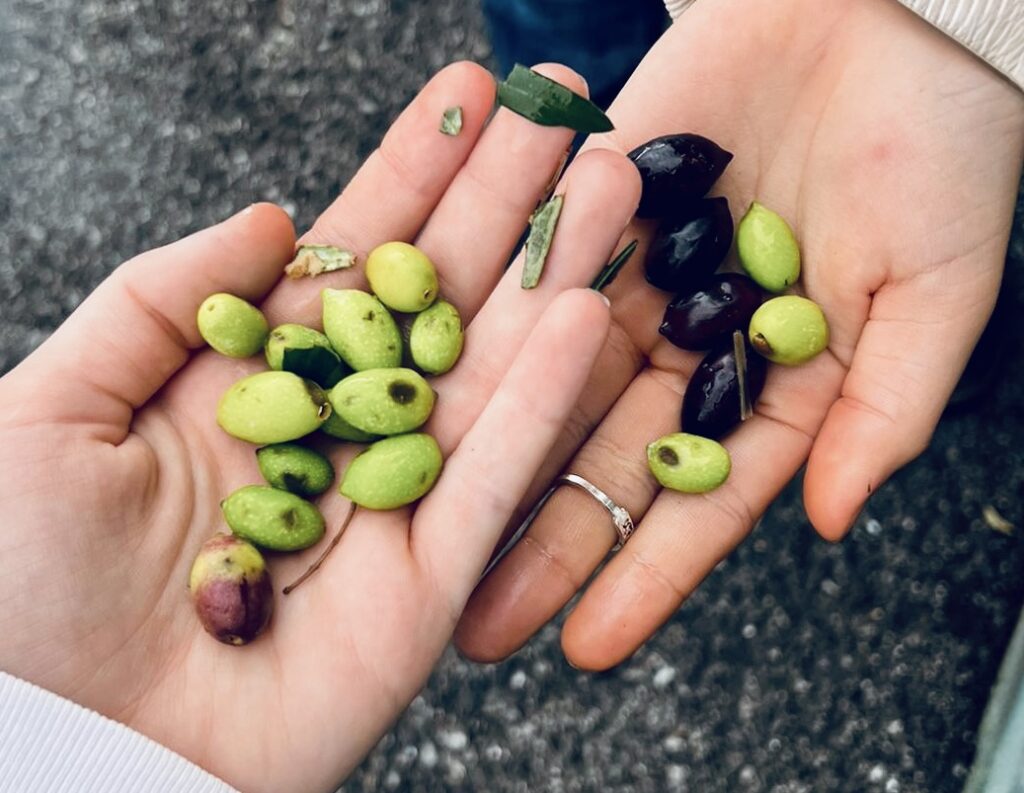Olive trees, native to the Mediterranean, bear small, glossy fruits that are rarely eaten raw due to their natural bitterness. Instead, they are cured or transformed into the liquid gold so central to Mediterranean life: olive oil. This golden elixir has been produced for more than six millennia and remains one of the most essential ingredients of the region’s celebrated diet.
The Journey of Olive Oil: From Tree to Bottle
The story begins with the olive tree itself. Often found clinging to rocky hillsides, these hardy trees flourish in warm, sunlit climates and can live for centuries. Farmers tend to them patiently through the seasons, ensuring each receives sufficient water and protection. One of the olive tree’s most remarkable traits is its generosity: whether five years old or three hundred, it will bear fruit with equal eagerness.
Determining ripeness is an art in itself. The simplest test is to press an olive gently; if it releases a creamy paste, it is ready for harvest. Timing is crucial — the moment of picking influences the oil’s aroma, flavour, and quality.
When I visited an olive farm, I was struck by how densely planted the groves were. The trees stood close together, their branches interlacing to create an almost indoor atmosphere. As the fruit ripened, it fell softly onto nets spread beneath the trees, ready to be gathered and carried in bags to the mill for pressing.
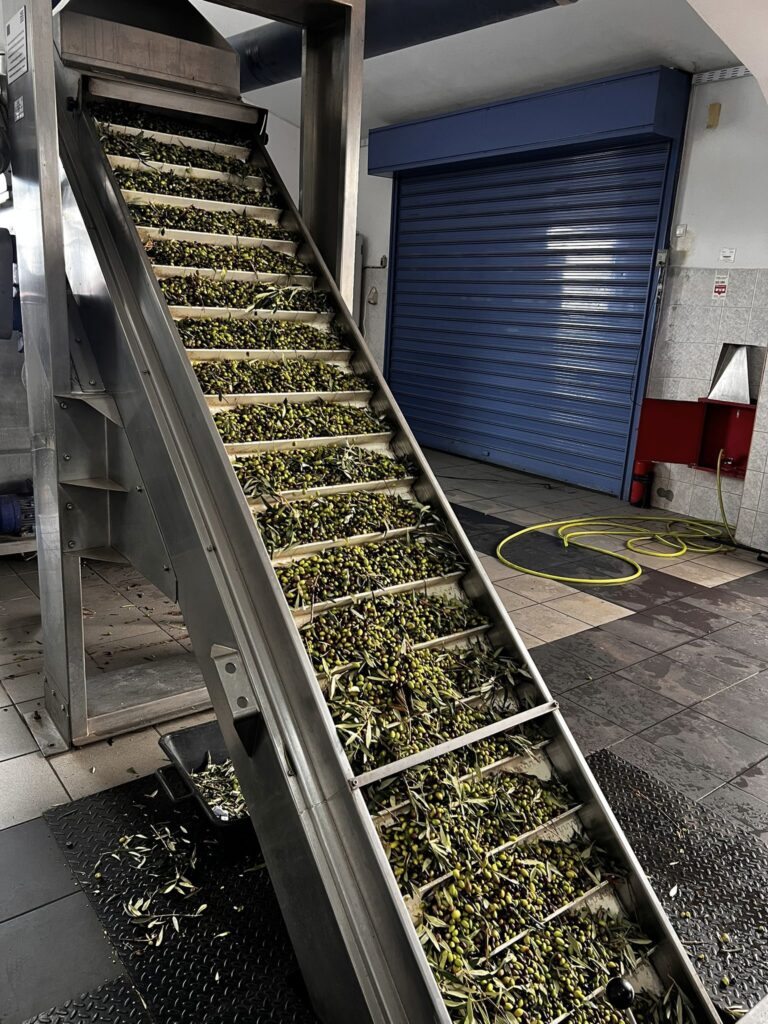
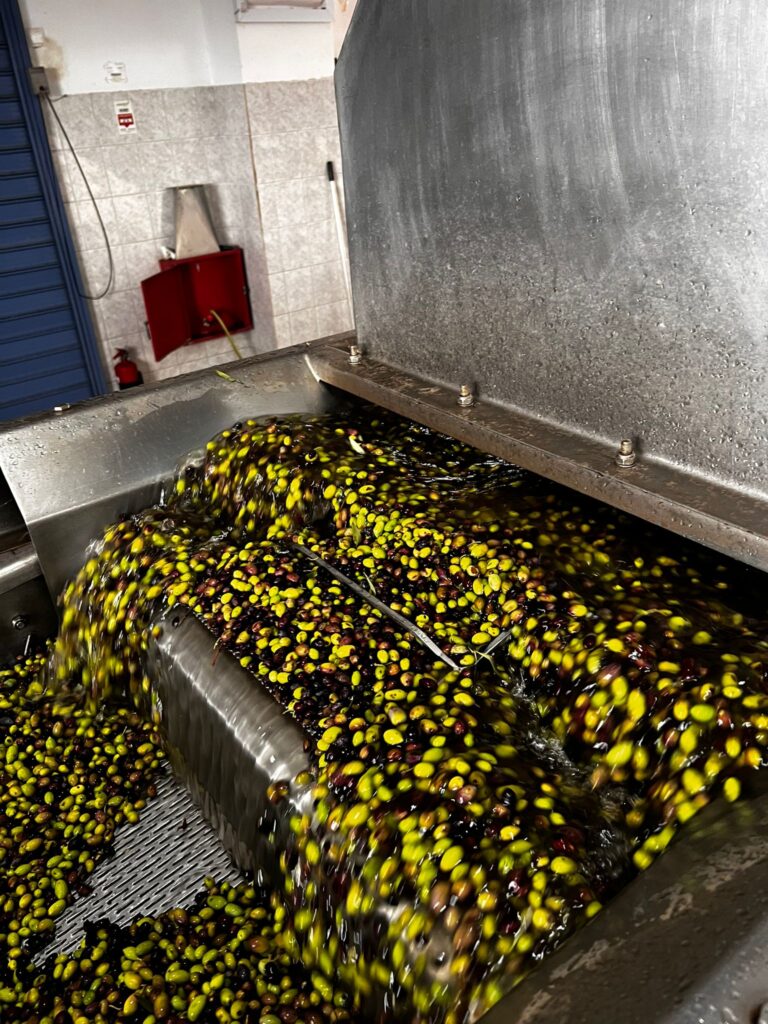
Once harvested, the race against time begins. The olives must be processed swiftly, before their freshness fades. They are first cleaned carefully — leaves, twigs, and dust removed — though some farmers note that a few stray branches can lend the oil a subtle, woody nuance.
The olives are then crushed into a thick paste. Traditionally, this was done with great stone mills, though most producers now use modern machinery. This crushing releases the precious oil stored within each fruit.
Next comes malaxing — the gentle stirring of the paste to help tiny droplets of oil combine into larger ones. Temperature control is vital here; if the paste becomes too warm, the oil can lose its delicate flavour and valuable nutrients.
The mixture then enters a centrifuge or press, where oil is separated from water and solids. What emerges is pure olive oil — golden, aromatic, and alive with the essence of the fruit.
As one farmer told me, “Olive oil is like a human being — it must be treated kindly, or it will lose its richness. Handle it roughly, expose it to the wrong conditions, and it weakens, losing its soul.”
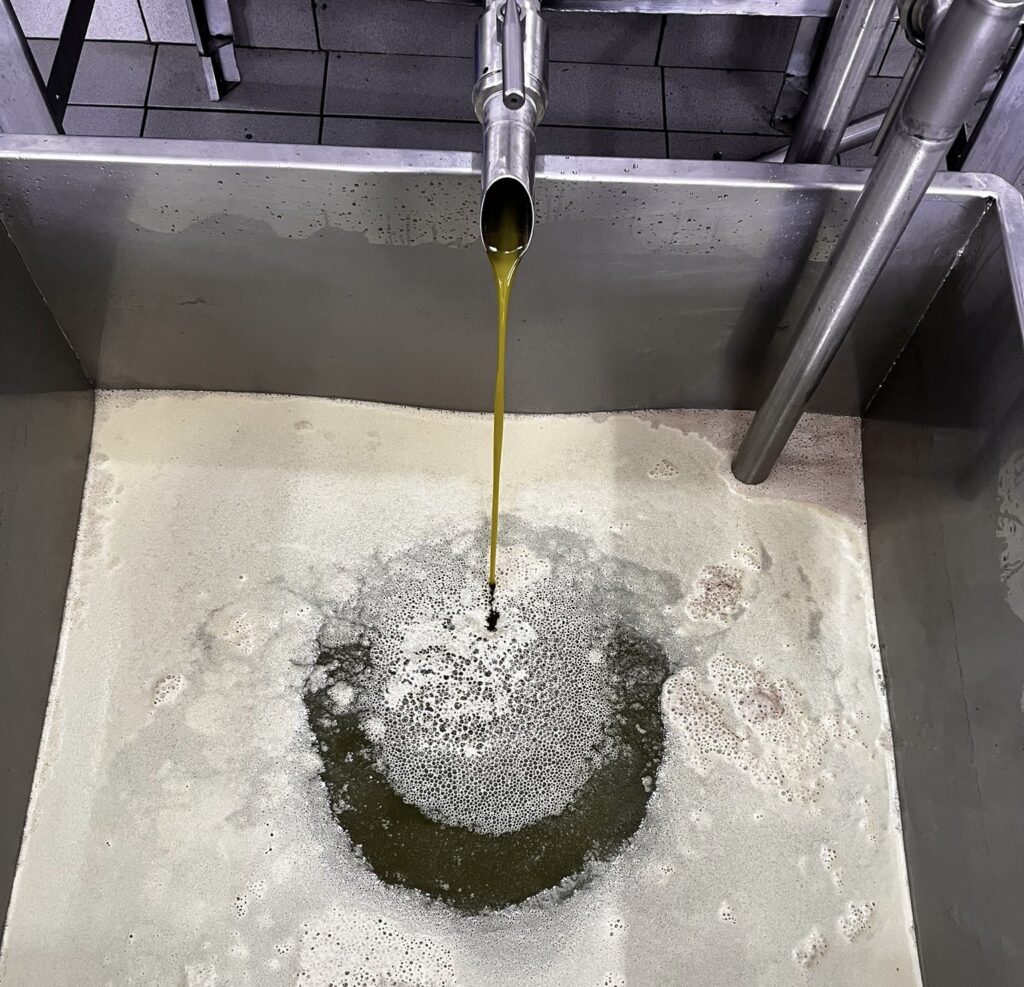
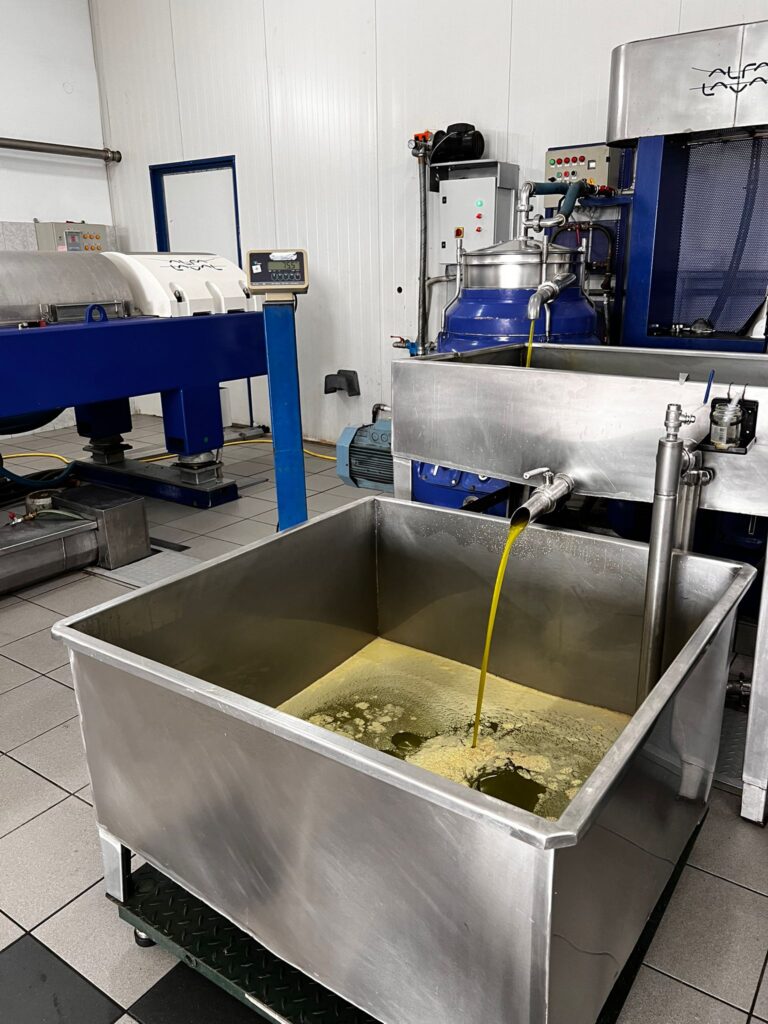
Good olive oil is indeed full of life. Rich in vitamins, healthy fats, and powerful antioxidants known as biophenols, it nourishes both body and spirit. These compounds not only protect against inflammation and disease but also help preserve the oil’s own freshness and vibrancy.
From the first olive ripening on the branch to the final golden liquid poured into a bottle, the making of olive oil is a journey of patience, tradition, and devotion. It reminds us that when nature is treated with respect, it rewards us with abundance and health. The next time you drizzle olive oil over your vegetables, pause to remember the remarkable journey it has taken to reach your table.

Fun Facts
- Around 750 grams of olives — roughly 180 fruits — are needed to produce just 100 millilitres of olive oil.
- There are many varieties of olives, from small and bitter to large and succulent, each imparting its own flavour.
- Olive oil contains vitamins E, K, and small amounts of A.
- Vitamin E acts as an antioxidant, helping to build and repair tissues.
- Vitamin K is essential for blood clotting and calcium regulation.
- Vitamin A supports healthy vision.

